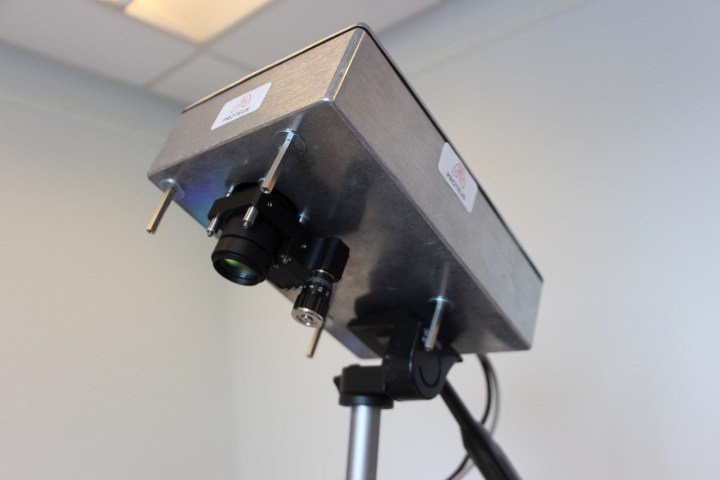
“We have developed a method to determine the location of medical devices through tissue using an advanced camera technology,” Dr. Mike Tanner, a research fellow at Edinburgh’s Queens Medical Research Institute, told Digital Trends. “The principle is that some light does pass through tissue, as seen when holding a torch behind your hand. However, the amount of light passing through is very low, and the light scatters or bounces around inside the tissue structures losing all useful information. To solve this, we use a camera that is so sensitive it can see individual particles of light and also time the arrival of the photons. The very first light to arrive at the camera has been scattered least and tells us the location of the device.”
Up until now, physicians wanting to track the internal location of endoscopes have had to utilize expensive and potentially harmful scans such as X-rays to track the progress of the probes inside patients. The new imaging camera is able to change that, using thousands of single photon detectors packed onto a single silicon chip to track the location of light points through 20 centimeters of tissue under regular light conditions.
It is part of a wider initiative, in collaboration with Heriot-Watt University and the University of Bath, dedicated to developing new technologies for the diagnosis and treatment of lung disease.
“This [camera has already] been demonstrated in relevant scenarios, and we hope to take this forward to human trials in the coming year,” Tanner said. “The equipment is relatively simple and compact, and ideal for deployment and commercialization in realistic timescales.”
A paper describing the work, “Ballistic and snake photon imaging for locating optical endomicroscopy fibers,” was published in the journal Biomedical Optics Express.


